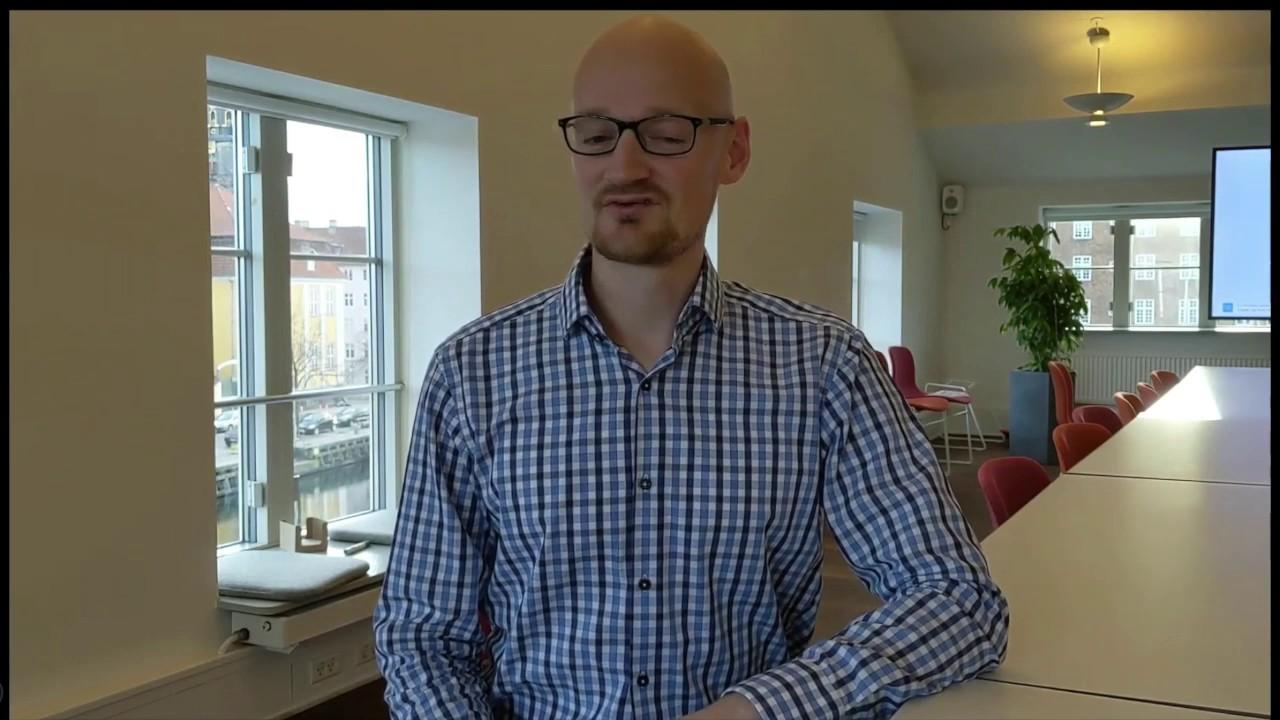Phase 2: Data collection and baseline development
VIDEO: Overview of the data collection and baseline development phase.
During Phase 2, data collection and baseline development, the HRIA team goes into the field to conduct research on human rights enjoyment of workers, community members and other relevant rights-holders. While the scoping phase primarily relies on desktop research and analysis, the data collection phase emphasises fieldwork, interviews and other types of stakeholder engagement.
Through gathering primary data and additional secondary data, the assessment team can develop a HRIA baseline which documents the current state of human rights enjoyment. The HRIA baseline helps the HRIA team identify actual impacts and predict future impacts.
The selection of human rights indicators to inform the data collection, as well as subsequent impact mitigation and management, should also take place in this phase. The HRIA team should determine both qualitative and quantitative indicators at the structural, process and outcome levels.
Sufficient resources need to be allocated to the data collection phase to ensure quality of findings and allow rights-holders to participate at their own pace and on their own terms. It is important that enough time is allocated for this phase to allow for meaningful engagement.
 Stakeholder engagement in Phase 2
Stakeholder engagement in Phase 2
While stakeholder engagement is critical for all stages of HRIA, it is especially relevant during Phase 2, as it is in this phase when most interviews and meetings with stakeholders and rights-holders take place.
The Stakeholder Engagement section of the HRIA toolbox, especially sections B.1 and B.3, are of particular relevance to this phase.
The Stakeholder Engagement Practitioner Supplement features critical information on what to do before, during and after interviews and meetings, as well as information on reporting back to HRIA participants about key findings.
The Stakeholder Engagement Interview Guide provides in-depth information and sample questions for interviewing community members, workers, company management, government representatives, and other relevant parties.
- data collection checklist and resources and examples for selecting human rights indicators
VIDEO: Phase 2 case study – NomoGaia. Targeting and flexibility in scoping. The case studies demonstrate practical experiences and dilemmas from HRIA practitioners and companies that have used this toolbox.
Disclaimer: The case studies are from external organisations and do not necessarily reflect the views of the DIHR. The DIHR is an independent, national human rights institution, established under the Paris Principles. Parties relying on any information contained within the case studies do so at their own discretion.


